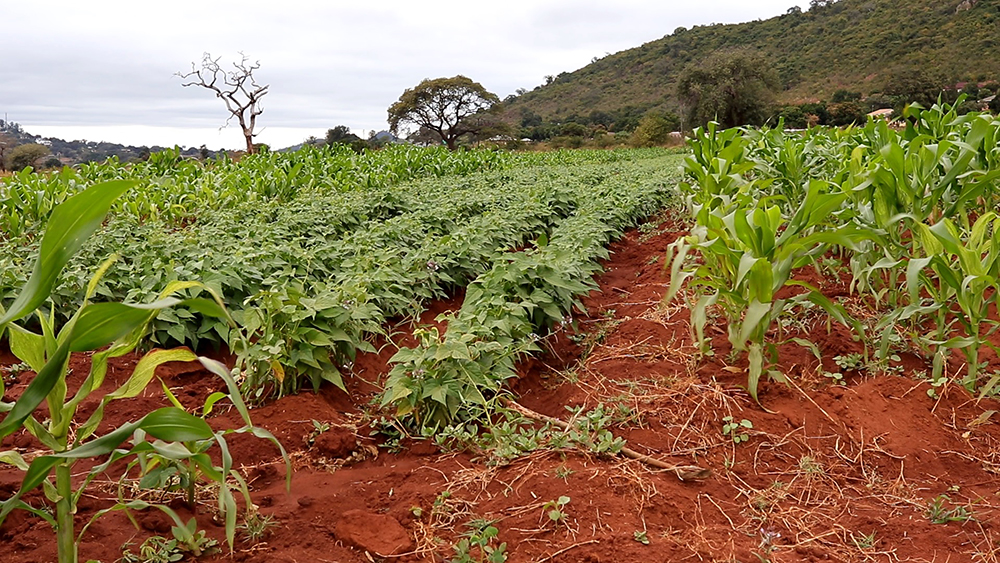What is a mixed farming and why is it important?
The basics of intercropping on a smallholder’s farm
Intercropping is a method of growing more than one crop in the same piece of land during the same season. The major benefit has been to increase the production per unit area. It enables you as a farmer to utilize available resources on the farm. With intercropping, you will have the Base/Main crop and the intercrop. The intercrop has a short lifecycle and will mainly be grown for extra profits or to mitigate losses during the base/main crop area.
Types of intercropping
Mixed intercropping -Growing of two or more crops simultaneously on the same piece of land with no distinct row arrangement.
Row intercropping – It is a kind of intercropping where different crops are grown at the same time in the same piece of land with a distinct row arrangement.
Strip intercropping – In this method, we will grow more than one crop in strips to allow independent cultivation in the same piece of land.
Parallel intercropping – In this method, both selected intercrop and main crops are with different growing habits. Hence, there will be zero competition for the available resources. So, both crops can express their full yield potential.
Basic pointers to put in mind when you decide to practice inter-cropping on your farm.
- Growing tall crops with bushy crops.
- Planting shallow-rooted crops as the intercrop.
- Long-duration crops should be intercropped with short-duration crops.
- The selected main crop and the intercrop should be of different families to help with pest and disease control.
What are the Advantages of intercropping?
- Better utilization of available resources, therefore, increases productivity
- Mitigate losses where the failure of any one of the crops fails.
- Enhance soil fertility.
- Better utilization of available space.
- Provides extra income for the farmer.
- To some extent, the pests and diseases of the main crop get controlled.
- Minimizes the chances of soil crust formation and prevents soil erosion.
- Improved weed management.
The downside of intercropping (disadvantages)
- Mechanization or what we could call the use of machines might not be possible on the farm.
- Due to different maturity times, harvesting might pose a challenge.
- Sometimes intercrops work as alternate hosts for various pests and diseases.
- Intercropping might turn out to be labor-intensive.
- There might be competition for nutrients between the main crop and the intercrop.
Intercropping brings crop interaction and brings an improvement in the overall health of the crops. Are you practicing crop rotation on your farm share your experiences with us?
3,483 total views, 5 views today




Leave a Reply
Want to join the discussion?Feel free to contribute!